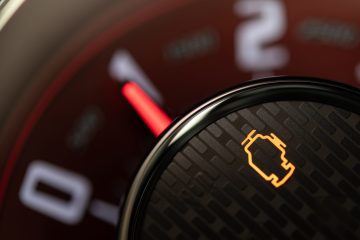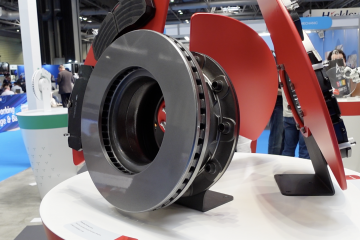
Dust from car brakes and tyres will be the biggest pollution factor in the UK when the country’s vehicle fleet has gone all electric, a new study has found.
Fragments of microplastics from tyres, road surfaces and brakes will also flow into rivers, and ultimately the sea, government advisors have suggested.
Ministers have now said that based on the report, they will look to introduce new standards to improve tyres and brakes, and is calling for industry support, to prevent the potential pollution levels they may cause.
The government’s Air Quality Expert Group said particles from brake wear, tyre wear and road surface wear directly contribute to well over half of particle pollution from road transport.
“No legislation is currently in place specifically to limit or reduce [these] particles,” the group warns. “So, while legislation has driven down emissions of particles from exhausts, the non-exhaust proportion of road traffic emissions has increased.”
Calling on the automotive industry to consider action to address the problem, Environment Minister Thérèse Coffey said: “The documents published today make clear that it is not just fumes from car exhaust pipes that have a detrimental impact on human health but also the tiny particles that are released from their brakes and tyres.
“Emissions from car exhausts have been decreasing through development of cleaner technologies and there is now a need for the car industry to find innovative ways to address the challenges of air pollution from other sources.”
While focus has previously been on tackling exhaust emissions, this report offers the most globally comprehensive analysis to date of the impact of brake and tyre wear.
“The automotive industry is committed to improving air quality and has already all but eliminated particulate matter from tailpipe emissions,” adds SMMT Chief Executive Mike Hawes. “Brake, tyre and road wear is a recognised challenge as emissions from these sources are not easy to measure.
“A United Nations global group, including industry experts and government, is working to better understand, and agree how to measure, these emissions. Maintenance of the road surface, as well as further investment in new vehicle technologies, is essential to reducing these emissions, without compromising safety and we welcome further research in this area.”
Industry innovation is one way to tackle the challenge and the government is also advising drivers to consider how their driving style can reduce emissions, with gentle braking, driving at a consistent speed and using hybrid and electric vehicles with regenerative braking some of the ways to play a part.




You must be logged in to post a comment.